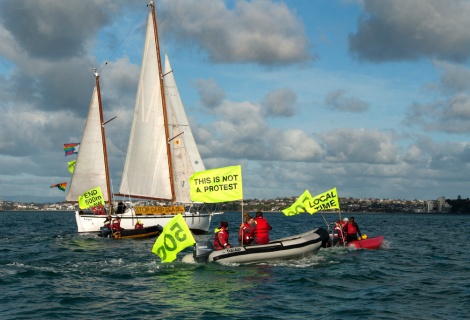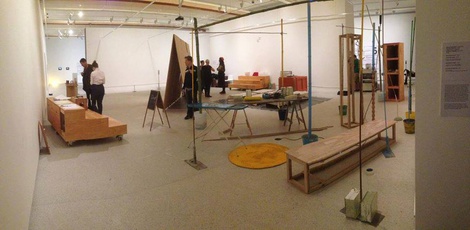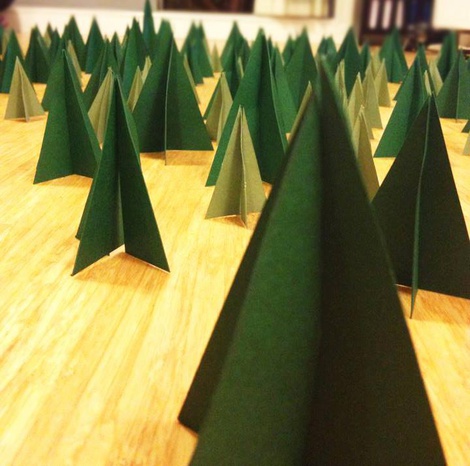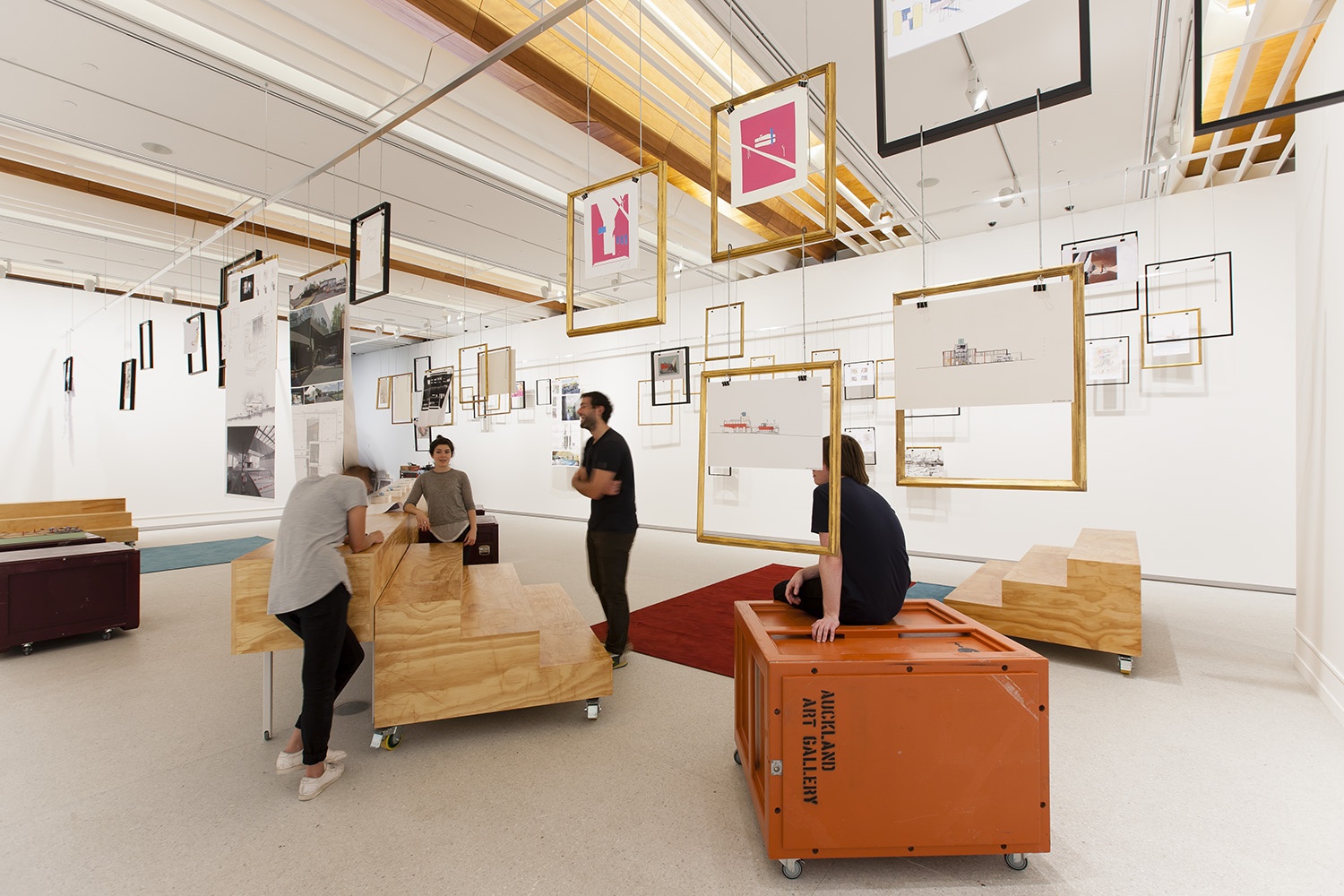The Lab was a joint project between the architecture and spatial design faculties of AUT University, The University of Auckland and UNITEC. These institutions worked alongside students, local academics, designers and architects to develop a series of two to three week-long interdisciplinary design projects.
Muddy Urbanism book
The Muddy Urbanism book is now available to purchase through lulu.com.
All details of the book are below. It captures the research generated in this project and we hope that it will be a valuable on-going resource. Thank you for your interest in this project.
_______________________________
Muddy Urbanism is a special urban-research studio at The School of Architecture and Planning, The University of Auckland. This research proposes new interfaces between urban policy, ecological systems and community participation for the regeneration of an urban river catchment in the city’s inner west.
Muddy Urbanism was part of the 5th Auckland Triennial, curated by Hou Hanru and was first presented at the Auckland Art Gallery in May, 2013. Muddy Urbanism was led by Kathy Waghorn from The University of Auckland in collaboration with Teddy Cruz, Professor of Public Culture at the University of California, San Diego and co-founder of the Center for Urban Ecologies.The book contains documentation of all projects and an interview with Teddy.
Local Time - Water Action 500m Law - Waitemata - July 28 2013 - 1200 - 1600 (+1200)

Read more
Day 1 – Prelude

Read more
Day 0 – Rocks, Mist & Firecrackers

Read more
We're under way!
We’re under way! As a way to examine the impact of disasters on cities, I’m working with a team of fantastically clever andindustrious University of Auckland architecture students on research and design project looking at the use of church land in Christchurch. The widespread destruction of churches in the Canterbury earthquakes, while tragic, has allowed churches a rare moment of freedom to reconsider the use and disposition of their physical structures. The mainstream churches, collectively among the largest landowners in the city, have the capacity to alter the social and urban atmosphere of the city. The question for us is - how might church land be strategically reoccupied in order to better tend their congregations and serving their communities?
Read more

